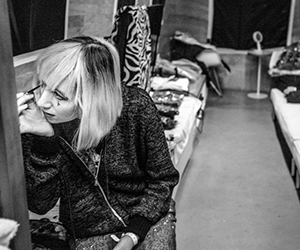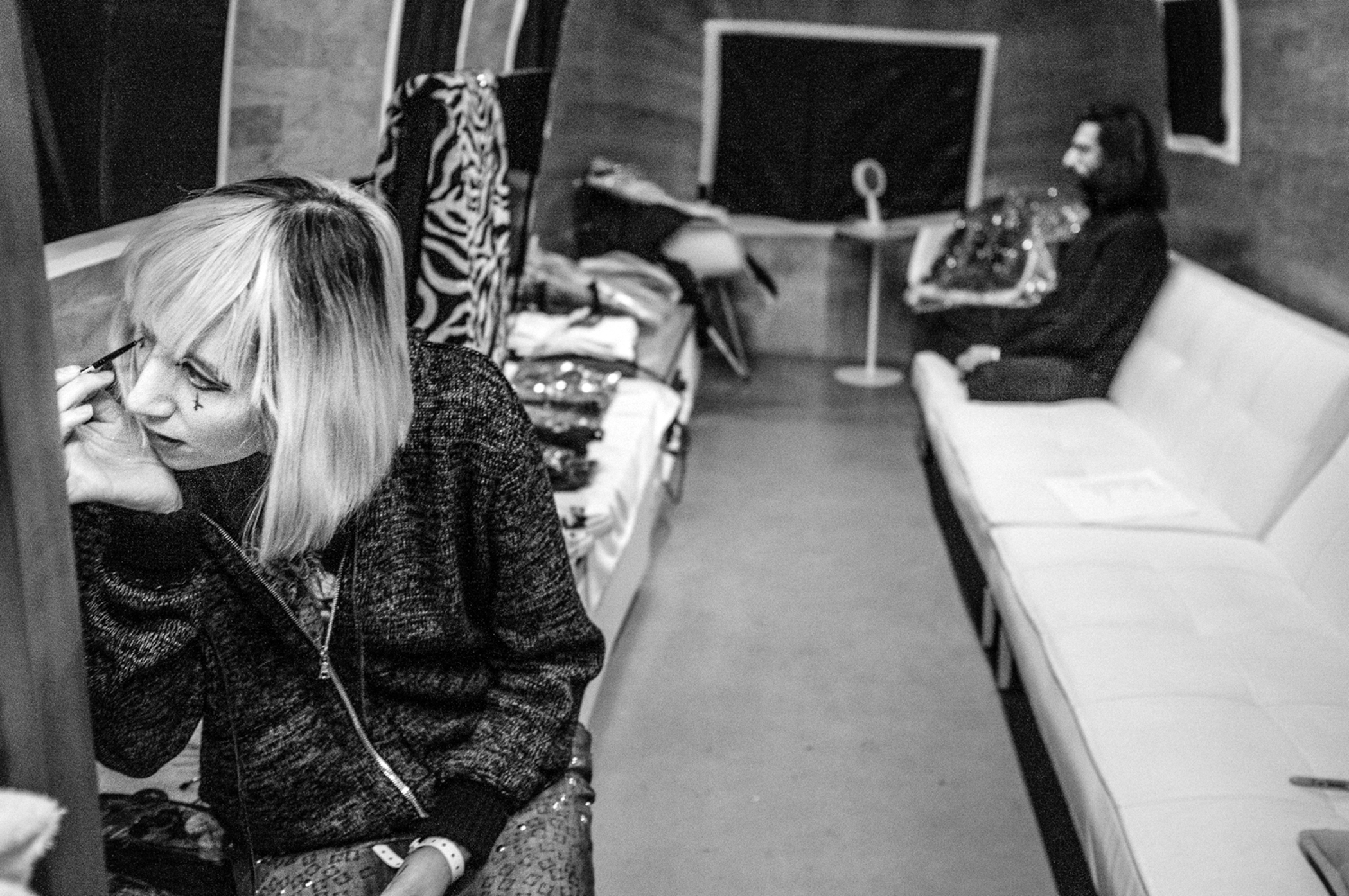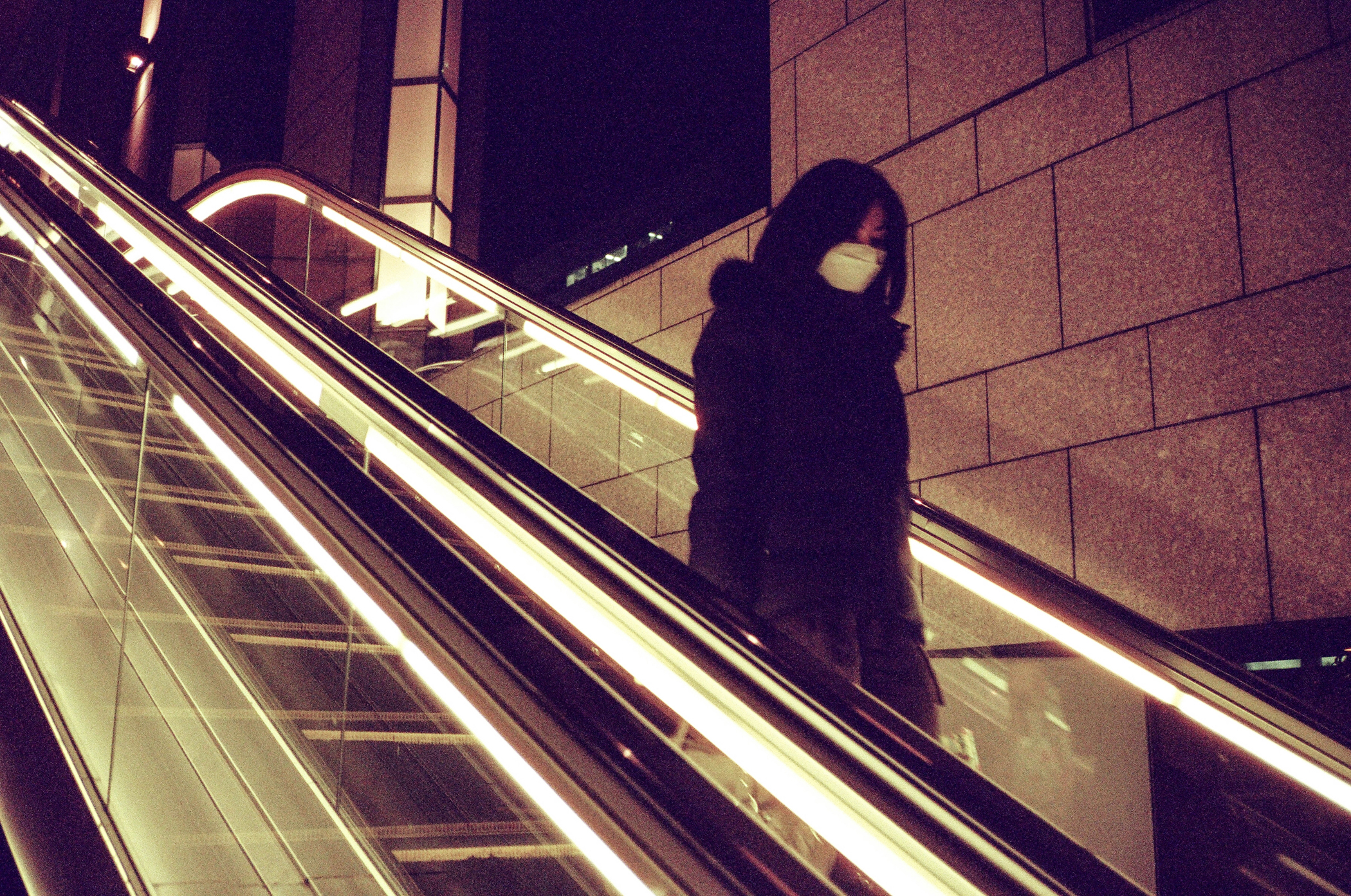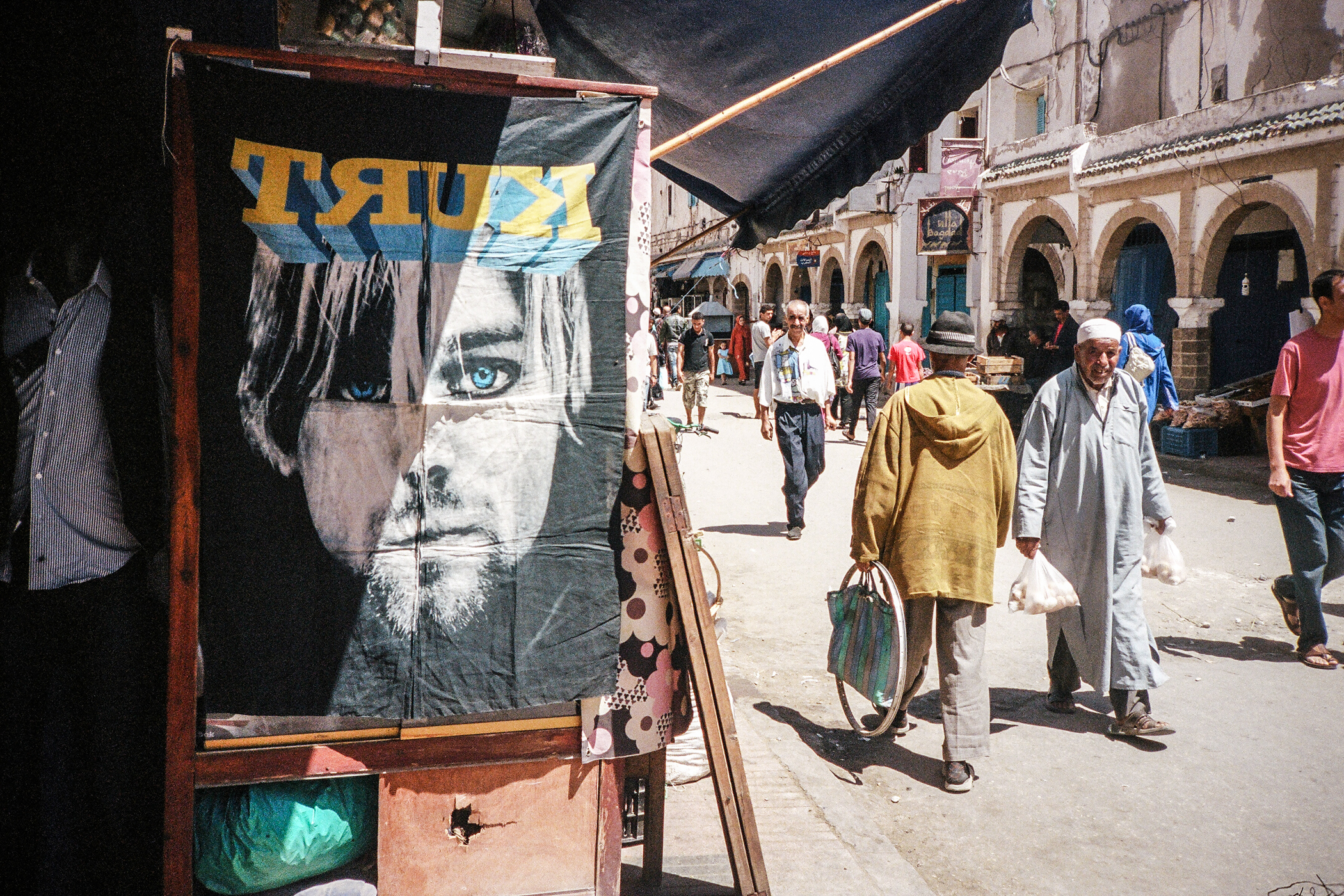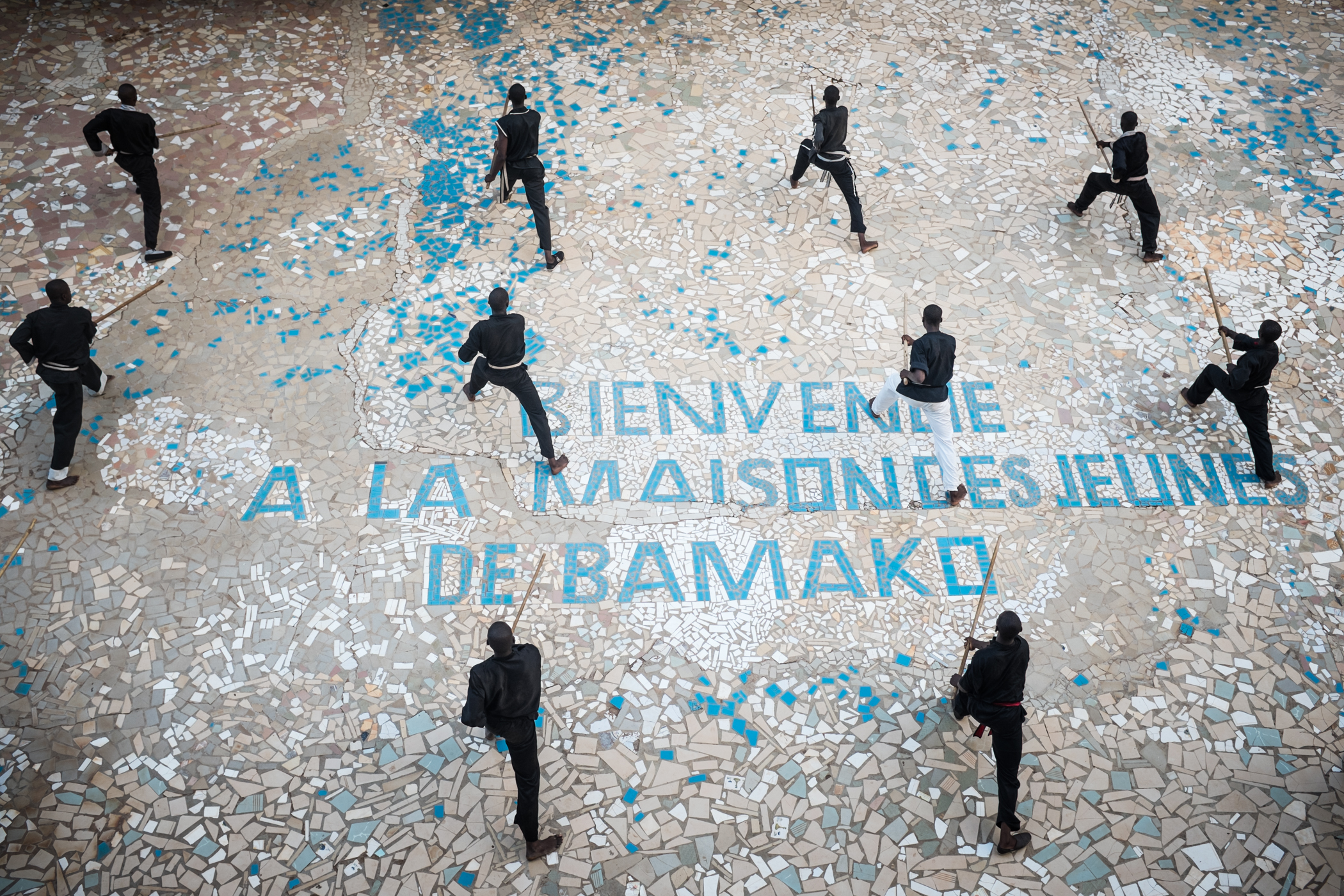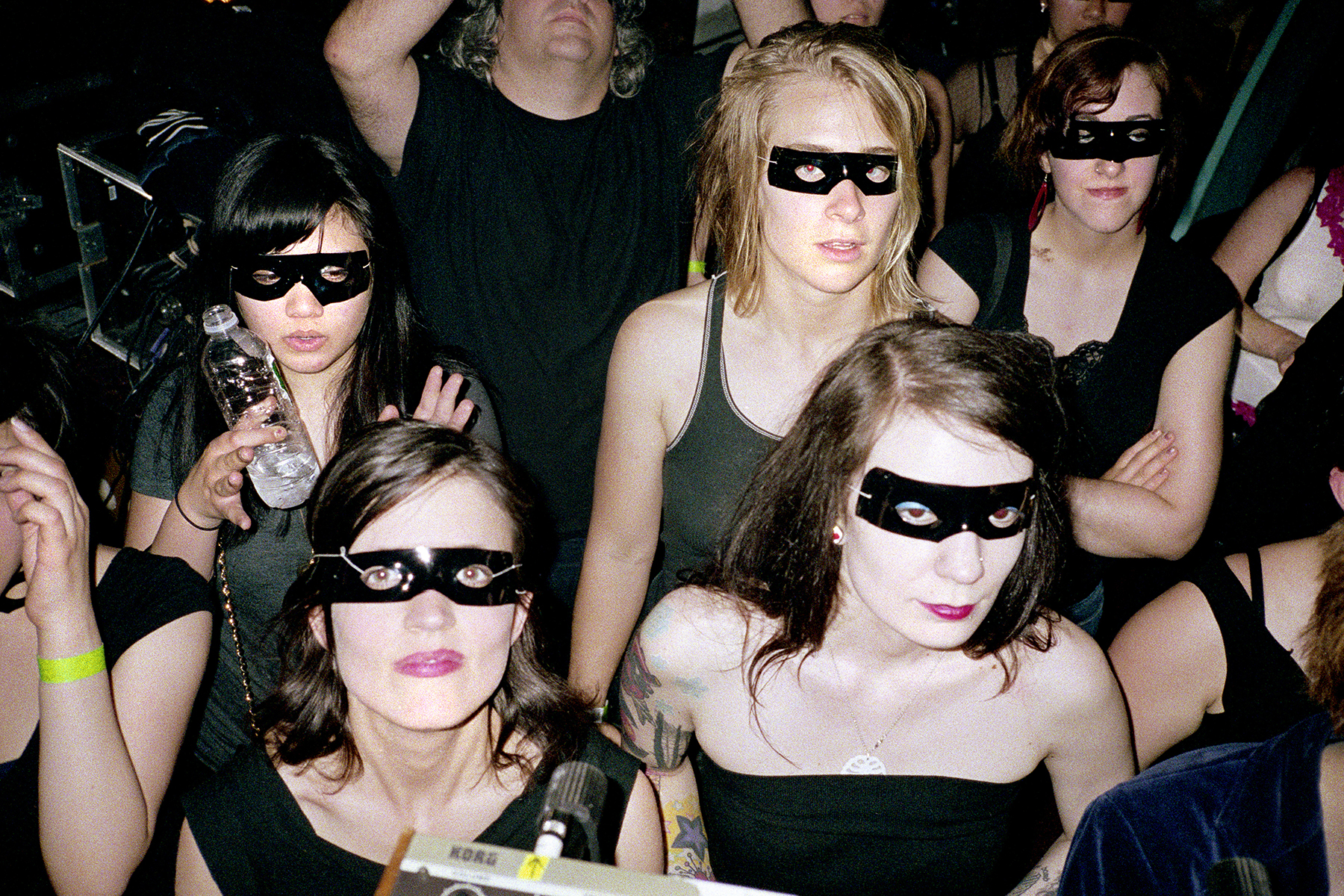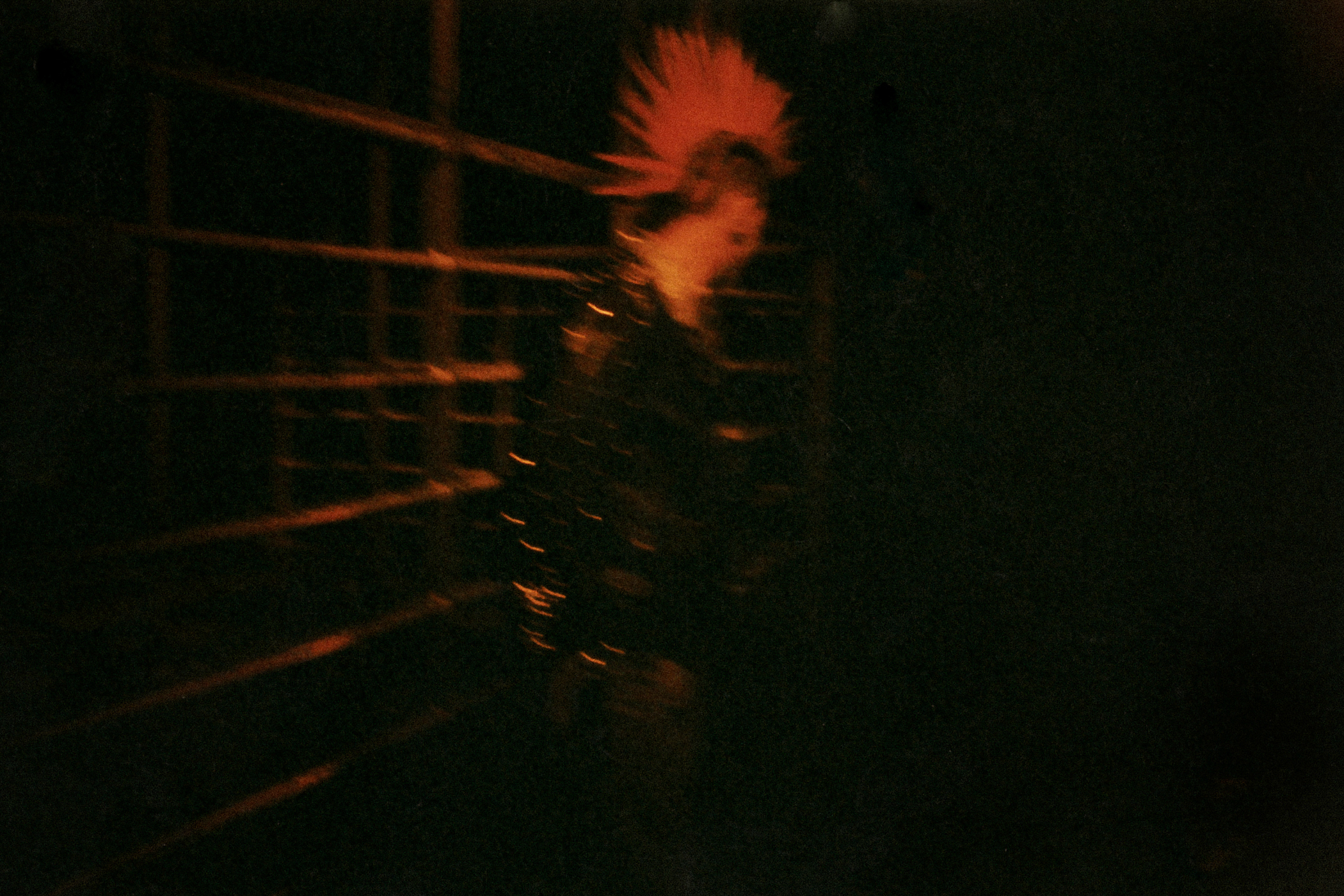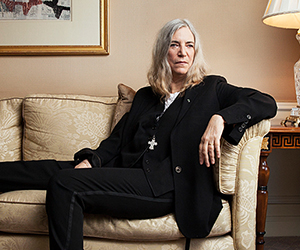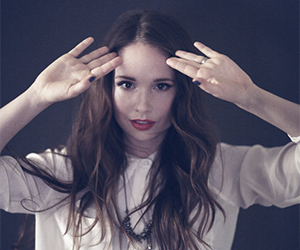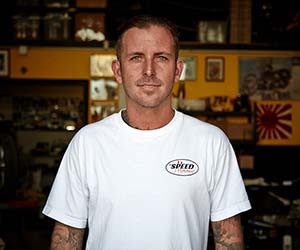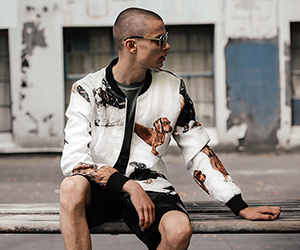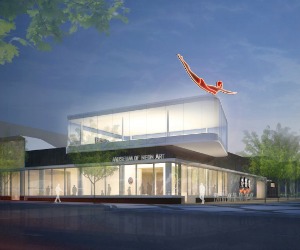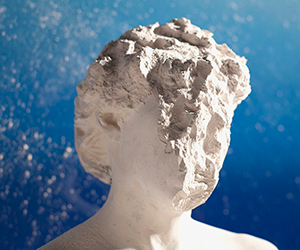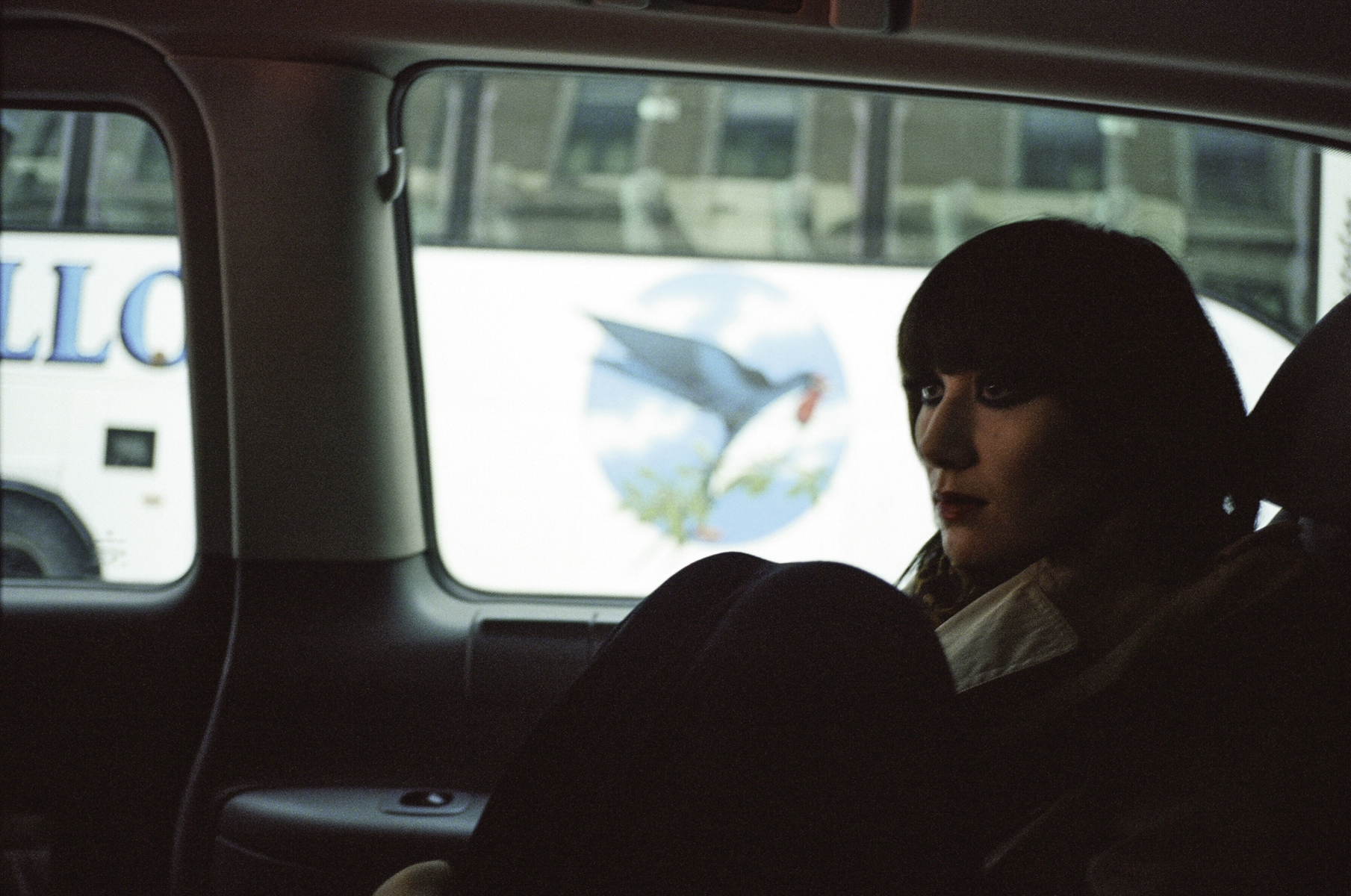
For the last 15 years, bi-coastal musician and trained photographer, Nick Zinner, has been in constant motion– touring with his Grammy-nominated band, creating exhibitions and maneuvering through foreign places. Spanning 6 continents equipped with a Contax T3, he brings us his latest exhibition, 601 Photographs. Just four days before the show’s opening, and still faced with the task of hanging several hundred photos, he took time to talk about trial and error and sleeping in unfamiliar beds.
How’s hanging going so far for 601 Photographs?
Well, realistically I’m more so pacing back and forth and staring at a lot of white wall space right now. . .
You’ve exhibited in New York City, Mexico City, San Francisco and Tokyo, often times doing exhibitions of large amounts of your work as well. How does this exhibition relate and contrast from past shows you’ve done?
Before the most recent show I did two years ago, I did this 1,000-photo show in a few spots which was just really crazy. The first time I did it was because I got offered to do a show at the Deitch Gallery in New York which is like this 3,000-square-foot space; so I was basically just like, ‘fuck, what am I going to do?’ So I just came up with [1,0001 Images]. But, you know, I think there was probably a lot of pictures in there that weren’t that great.
There’s this photo festival in New York called Photoville which is awesome, where all these different photographers take over the little shipping containers by the Brooklyn Bridge. I did that two years ago and the guy who runs it is this really talented curator who doesn’t give a shit about whatever band I’m in. It was really great to like cut out a lot of garbage. We brought it down to like 500 photos which were all really strong images, or at least complimentary to the ones that were strong.
For [that show] I think I really de-emphasized the band and rock music aspect. I kind of just focused more on interesting moments that didn’t necessarily pertain to being in a rock band that’s on tour. So for this one, the space is larger and I wanted to adapt the show to this and include the images from the last two years that I have, and include maybe 40 or 50 new photos from the last decade, or whenever, that I just haven’t shown as well.
I went to your exhibition last year at Space Gallery in Pomona with Malia James of the Dum Dum Girls. There was a a heavy focus on music in that show. Is that a reason you’re over the music-centric focus also; because you’ve done it well already?
For that show with Malia, I picked all of my favorite music-centric photos because that’s what it was really all about: [traveling] and seeing the world from the perspective of a musician on tour and what that world is like– which is mostly a lot of venues and hotels and means of transportation. With this show, in terms of what is depicted, there’s definitely the music aspect, but also it’s really just everything and anything else that I like from any other aspect of my world.
I’m doing a whole wall of like 100 photos of slept-in beds–mostly hotels. I take a picture of every bed that I’ve slept in when I wake up which is this weird thing that I’ve been doing for a long time. I guess I do it for like cataloging purposes.
There are these German photographers called The Bechers who essentially do art cataloging of really beautiful photos of greeneries or old oil wells or just different types of industrial structures in this very straight-forward and methodical way; when printed, it’s really kind of beautiful all lined up together. Plus, I think I realized early on traveling a lot that I wasn’t really thinking about where I’d slept a week ago or what hotel or couch.
What images in this show do you recall from your earliest days of shooting?
There’s a few actually, probably a couple that come to mind that might even be older than 15 years. There’s a few from when I was in school studying in Bali, Indonesia for like four or five months going to ceremonies or just wandering around.
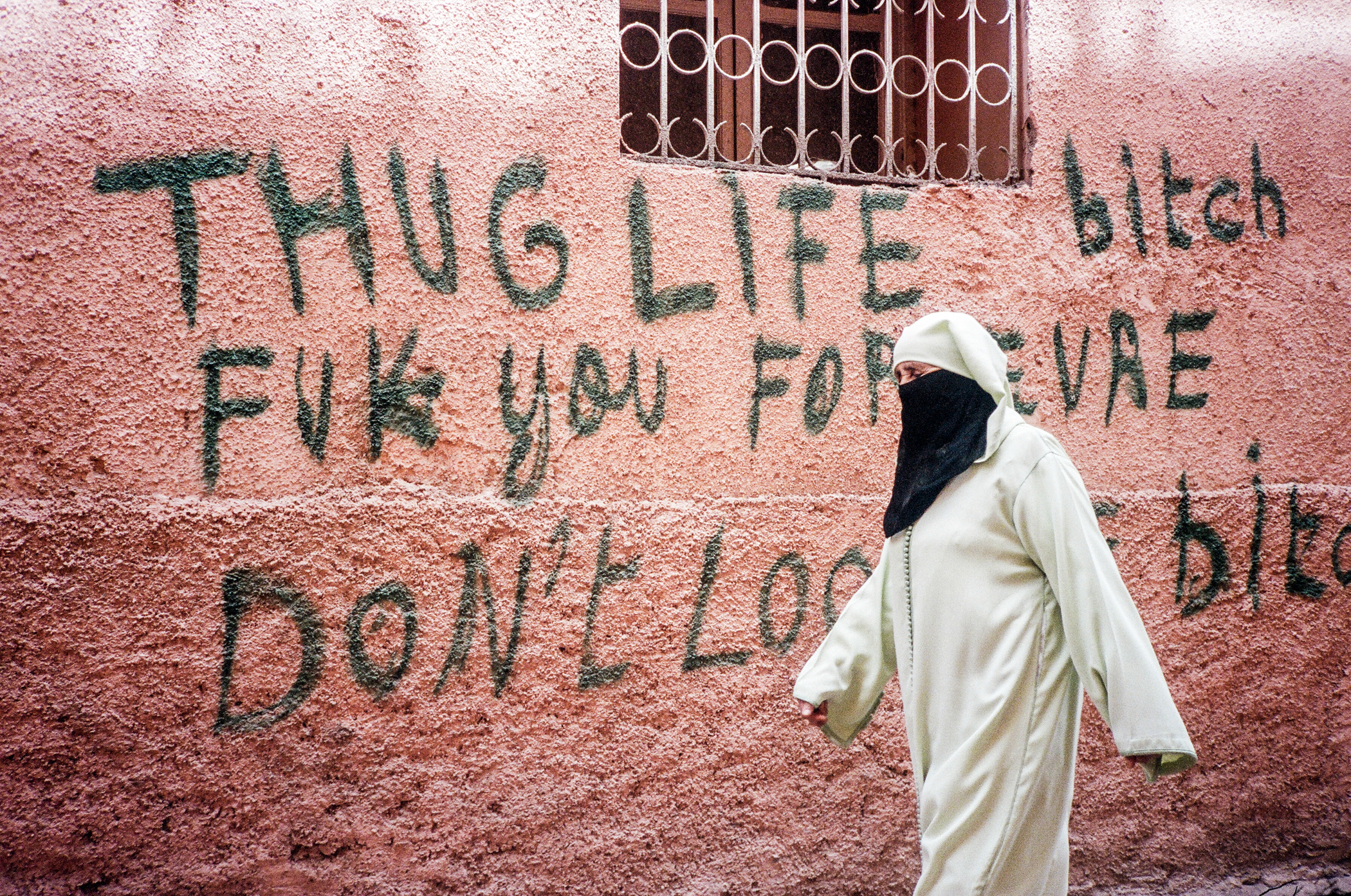
Can you talk about a foreign city or country that really inspired you while shooting?
I really love Indonesia. Since studying there when I was a kid I’ve gone back like 5 or 6 times. It’s just really an amazing country, so it’s always on the top of my list. The last two or three years I spent some time in Mali, Africa working on some music projects. Last year, I was out there producing a band from the area, and the time before that– three years ago, two and a half years ago or something– I was working on this project called Africa Express– which Damon Albarn from Blur runs overseas where he gets a bunch of Western musicians to collaborate with African musicians.
Damon actually wanted to make an album in a week with some of the musicians who were basically in a really nightmarish situation of having to flea the north of the country because Jihadists kind of came in and banned music. So in any case, I ended up meeting this band there and we kind of hit it off, so I got to go back and spend time there also. There’s a lot of images in the show from those guys and just the places that we were chilling as well.
With all these exhibitions of large amount of shots, how does the refining process work for you? What are you looking for when sorting images?
Really, it’s just hours staring at a computer screen. I’m actually still archiving a lot of stuff because I don’t have everything archived and scanned in. I only shot film till like two years ago. I don’t know, it’s just like looking at a lot of images until something kind of strikes me to a degree that makes it feel kind of bigger than what it is; when a photo just has that kind of weird quality, this sort of indescribable thing.
It’s cool that you were shooting film until just recently. Care to share a little about the cameras you were using?
I did like 60 or 70 percent of the photos on this Contax T3– it’s a great point and shoot camera that was just fucking fast and small and had an amazing quality to it; you know, when it’s not like focusing on the background [laughs]. That’s like my biggest problem with point and shoot cameras for me. Before that, I think I was using like regular SLRs; like a Contax one and a Nikon F2 and now, I’ve been using the Fuji x100 series cameras.
You mentioned The Bechers earlier, do you have any other photography inspirations that you geek out on?
Definitely. Cartier-Bresson and Robert Frank are really up there for me. Also William Klein, because there’s kind of a real grittiniess and romance to his photos. Elliot Erwitt because he’s funny and he’s just really able to find this quirky, dark humor in subjects. I guess my favorite photographers are really a lot of Magnum [Photos] guys. Now that I think about about it, I think I also got that bed idea from Sofie Calle– she has a lot of photos of beds and she’d put text under them that was kind of poetic or poignant.
Also just being in New York in the early 2000s and having Ryan McGinley’s early work around– it didn’t really occur to me at the time, but now looking back, I think his influence really crept in there too.
How do you hope your images affect people on impact?
Uumm. . . that’s a good question. I feel like I almost have to answer this in like two parts: I do this thing where I don’t really think about people looking at [my photos] until the very end of setting up or I’ll go into a panic of ‘FUCK! People are really gonna see this.’ It’s like a weird type of self-delusion.
I guess I would just hope that people notice little things in life more; that’s probably it. I think it’s kind of pompous to try and get someone to change their perspective or try to have someone feel a specific way. But if someone were to walk away thinking about the small, interesting things in life that happen, or the things that are constantly around them, but only happen for a second– maybe for someone to just kind of think about those things and wonder a little more, I think that’s what I would hope for.
NickZinner’s 601 Photographs opens Friday, November 20th at Lethal Amounts Gallery

